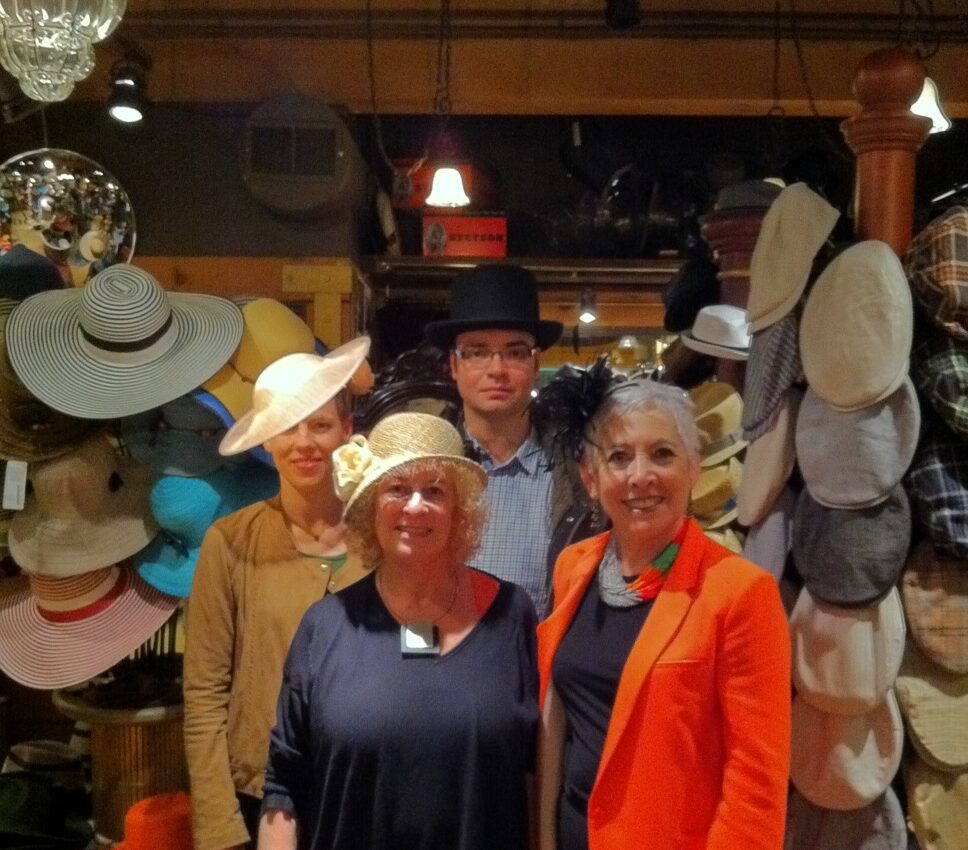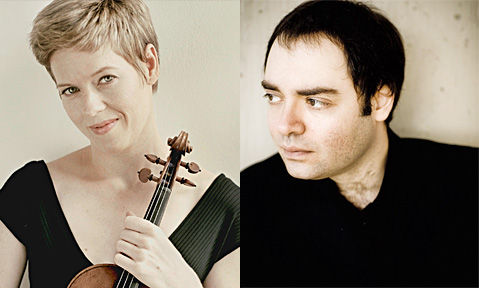Tag: Beethoven Project
-

LEILA GETZ: HATS ‘ON’ TO TWO EXTRAORDINARY MUSICIANS!
Following their incredible journey through the Beethoven Piano and Violin Sonatas in three concerts for the Vancouver Recital Society, Isabelle Faust and Alexander Melnikov were anxious to blow off excess steam and see something of Vancouver before they left for their next engagement in San Francisco. So I, as the tour guide, and Allison…
-

PROGRAM NOTES: THE BEETHOVEN PROJECT
Ludwig van Beethoven The Ten Violin Sonatas Beethoven wrote his first violin sonatas, a set of three (Op. 12) in 1797-98. Six more appeared by early 1803, making a fairly compressed time span for a medium in which Beethoven was to write just one more in 1812. All but the tenth were written before the…

